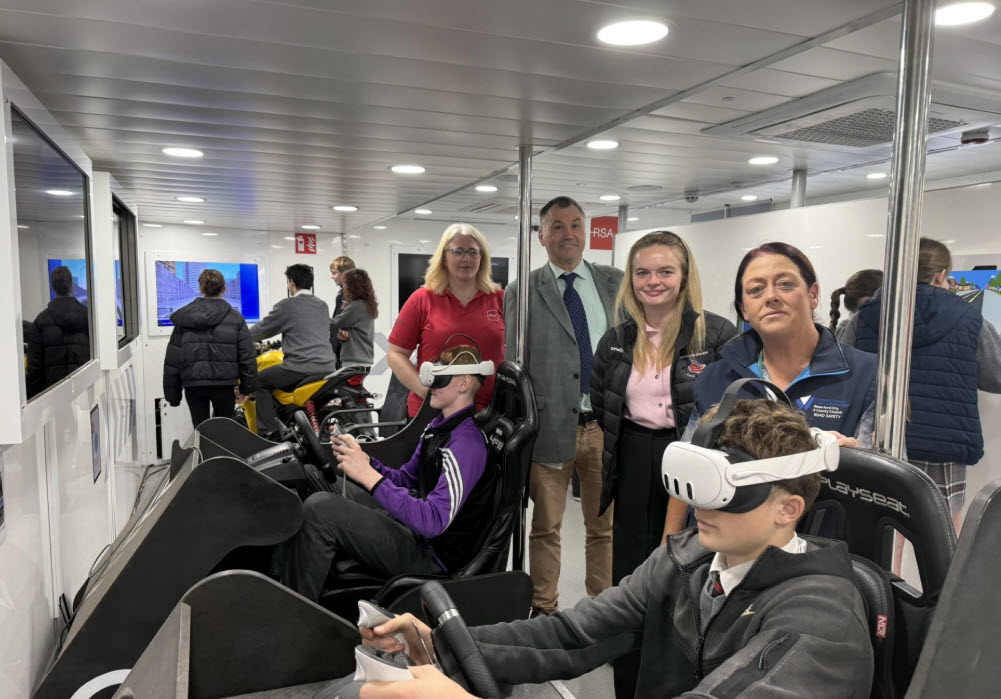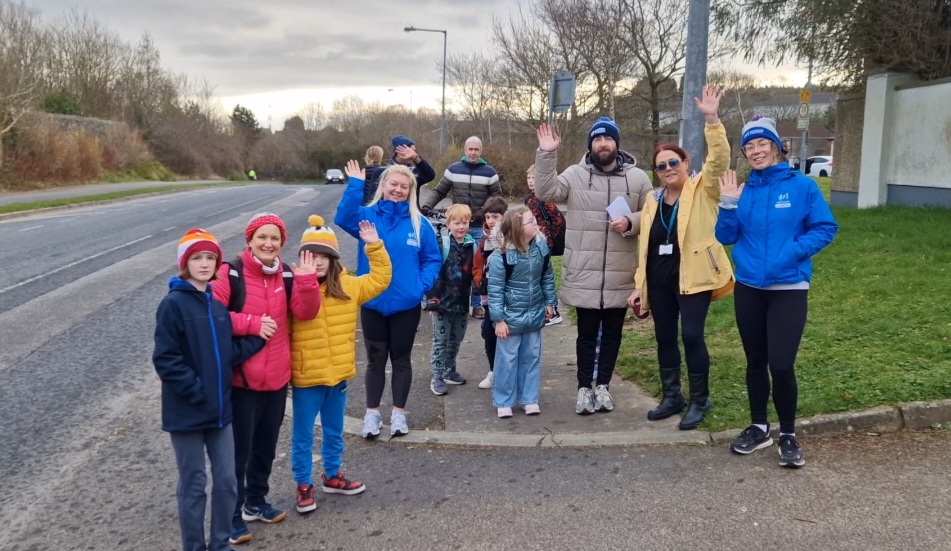 The Road Safety Authority (RSA) has launched a powerful new advertising campaign highlighting the dangers of speed and complacency on rural roads.
The Road Safety Authority (RSA) has launched a powerful new advertising campaign highlighting the dangers of speed and complacency on rural roads.
The campaign, supported by bereaved families, depicts how small increases in speed, often unnoticed by drivers familiar with a route, can have devastating consequences, particularly on rural roads where almost three in four road deaths (73%) and nearly half (47%) of all serious injuries occurred between 2020-2024*.
The advert follows a commuter’s daily drive to work in a Groundhog Day-style. RSA research has highlighted the issue of unintentional speeding, where drivers can exceed limits simply because they are on ‘autopilot’ or unaware of a speed limit change. Many drivers also believe they are skilled enough to drive at higher speeds, particularly on roads that are familiar to them.
This is exactly what happens in the advert—the driver becomes increasingly comfortable and complacent driving with excessive speed on the same route, believing he has full control. On the final day, this leads him to take a bend at a higher speed, causing him to cross the white line into the path of an oncoming car—his evasive manoeuvre to avoid collision with the other car results in a single vehicle collision. The advert’s final message delivers a stark warning: “You never know what’s coming. Slow down on rural roads.”
The rationale for the campaign’s focus on worrying acceptance of speed is supported by research conducted on behalf of the RSA by Ipsos B&A which revealed that over 50% of drivers believe it is acceptable to exceed an 80km/h speed limit by up to 10km/h, with almost 30% considering it acceptable to exceed the limit by even more.
This campaign also aligns with the recent reduction in speed limits for rural local roads from 80km/h to 60km/h, reinforcing the importance of slowing down.
Commenting on the campaign, Minister for Transport, Darragh O’Brien said:
“Our priority is to protect all road users and make Ireland’s road network safer. A speed limit is not a target to be reached or exceeded—it’s there to save lives. The RSA’s advertising campaign shows us the impact speed can have and why it’s vital to watch your speed every time you take to the road. I would also encourage people to speak to their family about their driving habits – remind them that slowing down saves lives and helps keep everyone on the road safe.”
Sharon Cleary’s son, Adam Case, was a back-seat passenger when the driver of the car he was traveling in lost control and struck a tree on a narrow rural road, just three miles from his home in Co. Tipperary in 2017.
“Adam was a kind, fun-loving teenager who had his whole life ahead of him,” Sharon Cleary said. “He had no chance of survival when the driver lost control of the car. No family should have to endure this heartbreak. This powerful campaign is so important—anything that helps prevent another tragedy like this is absolutely necessary.”
Motorcyclist Christopher Fitzgerald was killed on a rural local road in 2018 when he was hit head-on by a car that had drifted onto the other side of the road. His heartbroken daughter June McArdle supports any campaign to raise awareness of road safety on rural roads.
“The tragic irony is that my dad was an incredibly careful and responsible driver—he always said his own driving wouldn’t kill him, but someone else’s could,” said June McArdle.
“He was hit head-on by a car that drifted into his path and, in an instant, he was gone. It was just 11 weeks before my wedding, and he had been on his way home after dropping off my wedding invitations. This campaign is so important because no family should have to endure this kind of heartbreak. We all have a responsibility to drive safely—not just for ourselves, but for everyone on the road.”
Sarah O’Connor, Director of Partnerships & External Affairs at the Road Safety Authority, added:
“Too many lives are lost because drivers become too comfortable on familiar roads, unconsciously creeping up their speed without realising the deadly consequences. This campaign is a wake-up call—because even a small increase in speed can have the serious and tragic results.”
So far this year, 29 people have lost their lives on Irish roads—a stark reminder of the ongoing dangers*.
The campaign will launch across multiple platforms to maximise reach and impact. A high-profile TV campaign will feature a mix of 60” and 30” ads, supported by extensive digital activity, video-on-demand, and social media advertising across platforms like Meta, X, Snapchat and TikTok.
Radio will play a crucial role, with targeted regional coverage—upweighted in Dublin, Mayo, and Cork—counties which saw the highest numbers of fatalities in 2024.
The campaign will also air during key sporting events, including the Cheltenham Festival and Ireland’s Six Nations clash against Italy, ensuring high visibility. Further reach will be achieved through cinema advertising, out-of-home (OOH) placements (advertising in public places e.g. bus shelters, etc.), and digital audio adverts.
The RSA advert can be viewed here.
ENDS











 The Road Safety Authority (RSA) has launched a powerful new advertising campaign highlighting the dangers of speed and complacency on rural roads.
The Road Safety Authority (RSA) has launched a powerful new advertising campaign highlighting the dangers of speed and complacency on rural roads.



